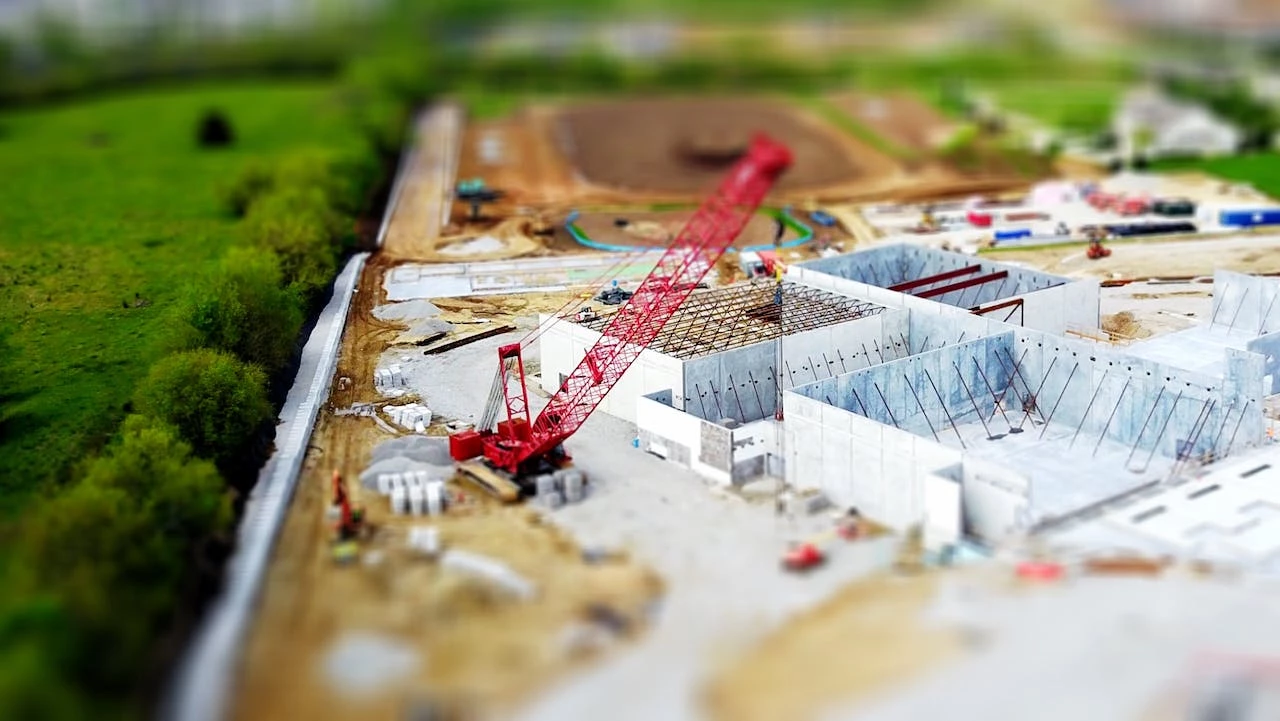
Partner Article
How Easy is it to Get Development Finance?
Securing funding for development projects is a critical step in turning visions into reality, and development finance loans play a pivotal role in this process. In this article, we’ll explore the factors that influence the accessibility of development finance loans and shed light on the considerations that borrowers face in their pursuit of financial support for their projects.
Understanding development finance Development finance is a specialised financial instrument designed to fund projects that contribute to economic and social development. These projects can range from infrastructure developments to real estate ventures and are often characterised by their potential positive impact on communities and regions.
The role of lenders Accessibility to development finance loans is influenced by the policies and criteria set by lenders. Financial institutions, including banks, private lenders, and development finance institutions, play a crucial role in determining how easy it is for borrowers to access these funds. Each lender may have its own set of requirements and risk assessment criteria.
Project Viability and Planning Lenders are inherently interested in the viability of the projects they finance. Borrowers must present well-thought-out and comprehensive project plans, including detailed financial projections, risk assessments, and a clear roadmap for execution. The more robust and feasible the project plan, the higher the chances of securing a development finance loan.
Risk evaluation Development projects, by their nature, carry certain inherent risks. Lenders carefully evaluate these risks to assess the likelihood of successful project completion and the borrower’s ability to repay the loan. Factors such as market conditions, regulatory environment, and project complexity contribute to the risk profile, influencing the ease with which financing is obtained.
Borrower’s financial health The financial health of the borrower is a critical factor in the loan approval process. Lenders assess the borrower’s credit history, financial stability, and capacity to repay the loan. A strong financial position enhances the borrower’s credibility and increases the likelihood of securing development finance.
Collaterals and guarantees Lenders often require collateral or guarantees to mitigate the risk associated with development finance loans. Borrowers may need to provide assets or personal guarantees that lenders can use as security. The type and value of collateral can influence the ease with which a loan is obtained.
Regulatory environment The regulatory environment, both on a national and international level, can impact the accessibility of development finance. Regulatory frameworks and compliance requirements may vary, and borrowers must navigate these factors to ensure their projects align with legal and regulatory standards.
Specialised development finance institutions Some projects may find support from specialised development finance institutions that focus specifically on funding initiatives with a social or environmental impact. These institutions may offer tailored financial products and may have a more nuanced understanding of the challenges associated with certain types of projects.
In conclusion The ease of obtaining a development finance loan depends on a complex interplay of factors, ranging from the nature and viability of the project to the financial health of the borrower and the requirements set by lenders. While development finance loans provide a crucial avenue for funding projects with transformative potential, borrowers must carefully navigate these considerations to enhance their chances of success. Thorough preparation, a clear understanding of lender expectations, and a well-articulated project plan are key elements in the journey to secure development finance.
This was posted in Bdaily's Members' News section by iCONQUER Ltd .
Enjoy the read? Get Bdaily delivered.
Sign up to receive our popular morning National email for free.






 A legacy in stone and spirit
A legacy in stone and spirit
 Shaping the future: Your guide to planning reforms
Shaping the future: Your guide to planning reforms
 The future direction of expert witness services
The future direction of expert witness services
 Getting people into gear for a workplace return
Getting people into gear for a workplace return
 What to expect in the Spring Statement
What to expect in the Spring Statement
 Sunderland leading way in UK office supply market
Sunderland leading way in UK office supply market
 Key construction developments in 2025
Key construction developments in 2025
 Mediation must be part of planning process
Mediation must be part of planning process
 From apprentice to chief financial officer
From apprentice to chief financial officer
 Don't stifle growth with apprenticeship cuts
Don't stifle growth with apprenticeship cuts
 The start-up landscape: What lies ahead in 2025
The start-up landscape: What lies ahead in 2025
 JATCO adds welcome drive to automotive sector
JATCO adds welcome drive to automotive sector